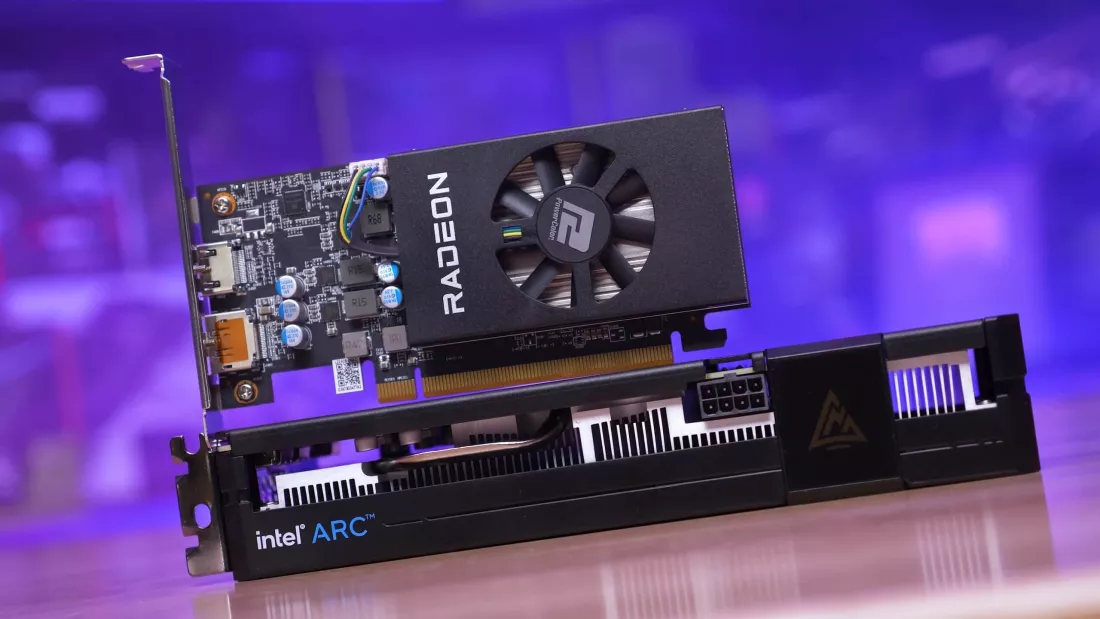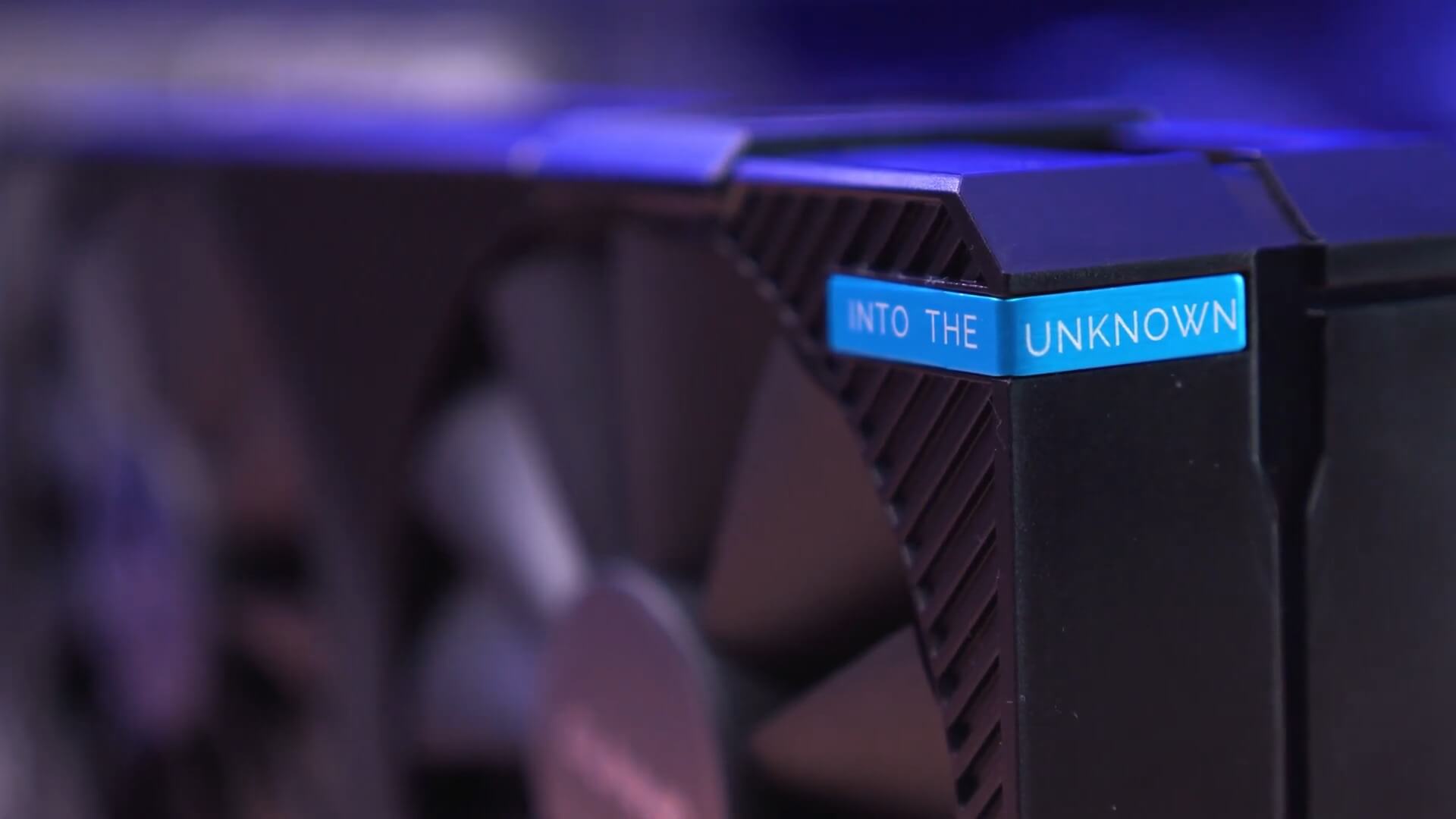If one assumes there's nothing vastly different in terms of architectural configuration, then on paper, the A380 should be significantly better than the RX 6400 - 41% higher peak FP32 throughput, 41% higher peak texel fillrate, 45% more peak local memory bandwidth, 4 times more L1 cache, 4 times more L2 cache. It also has separate units for matrix multiply units that supports FP16, just like Nvidia's tensor cores. It obviously lacks AMD's Infinity Cache, but still - the hardware should more than good enough.
But 11% slower at 900p? Yeah, the drivers are a mess. Would be interesting to see 1440p performance figures to see if it gets any average lead at all.
The DG2-128 chip is 48% larger than the Navi 24, with 33% more transistors. The A380 consumes 42% more power too, as well as 2 GB more RAM, which is why Intel have gone for a larger board and cooler design.


